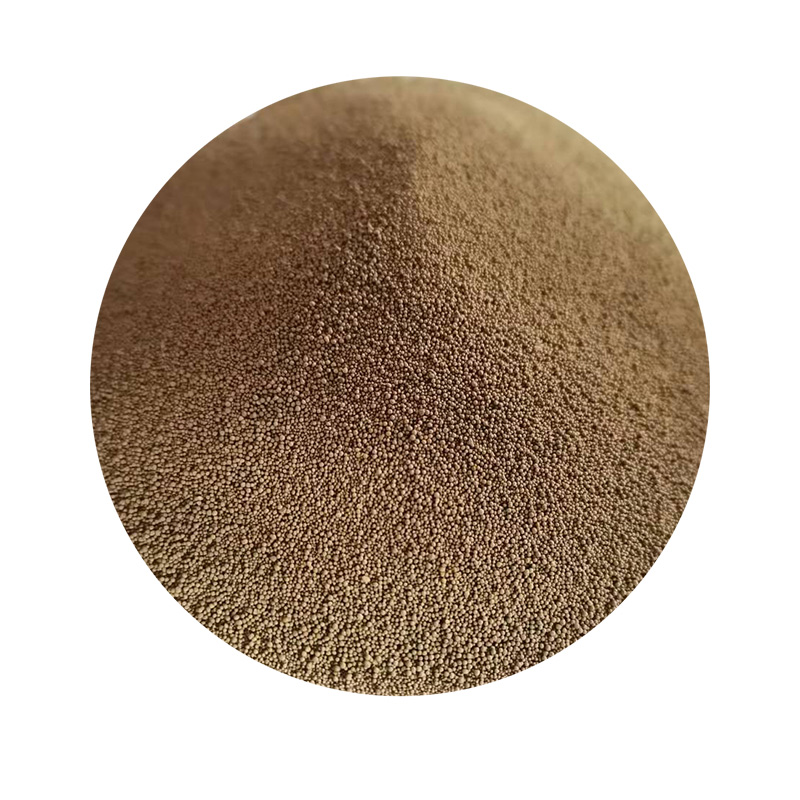How to Sand 3D Prints A Comprehensive Guide
3D printing has revolutionized the way we create prototypes, objects, and art. However, one common challenge faced by 3D printing enthusiasts is achieving a smooth finish on their prints. While 3D printers can produce detailed models, the layer lines typical in additive manufacturing can detract from the final appearance. This is where sanding comes in as an effective method to enhance the aesthetic appeal of your prints. In this article, we will explore the step-by-step process of sanding your 3D prints, the tools and materials you need, and some tips to achieve the best results.
Understanding the Basics of 3D Printing
Before diving into the sanding process, it’s important to understand that different materials behave differently when sanded. Common 3D printing materials such as PLA, ABS, and PETG each require specific techniques to achieve the best results
- PLA (Polylactic Acid) This material is the easiest to sand due to its rigidity and low melting point. - ABS (Acrylonitrile Butadiene Styrene) This plastic can be more challenging due to its tendency to melt if too much heat is applied during sanding. It can also emit noxious fumes. - PETG (Polyethylene Terephthalate Glycol) This material is more resilient and may require coarser sandpaper initially.
Tools and Materials Needed
To effectively sand your 3D prints, gather the following tools and materials
1. Sandpaper Start with a coarser grit (around 120-220) and progress to finer grits (up to 1000). The finer the grit, the smoother the finish. 2. Sanding Sponge These are great for irregular surfaces and can help contour your sanding approach. 3. Dremel Tool or Rotary Tool For larger prints or intricate details, a Dremel tool can save time and effort. 4. Dust Mask and Safety Goggles Protect your lungs and eyes from the dust created during sanding. 5. Primer and Paint (optional) If you plan to paint your print afterward, using a primer can help achieve a uniform appearance.
The Sanding Process
1. Prepping the Print Begin by removing any support materials or excessive brimming. Use a hobby knife to carefully trim away these sections without damaging the model.
how to sand 3d print

2. Sanding with Coarse Grit Start with your coarser sandpaper (120-220 grip). Sand in circular motions and make sure to apply even pressure. Focus on the areas with pronounced layer lines. It's crucial to periodically check your progress to avoid over-sanding through the layers.
3. Transition to Finer Grits After the initial sanding, switch to a medium grit (around 400). Sand with lighter pressure to smooth out scratches left by the coarser grit. Continue this process, moving to finer grits until you achieve a desired smooth finish.
4. Using a Dremel Tool If your print has intricate details or tight spots, consider using a Dremel tool. Attach a sanding drum or a fine sanding bit and carefully smooth those areas. Please exercise caution, as it's easy to remove too much material.
5. Cleaning Up Once satisfied with the sanding, clean your print to remove dust and debris. Mild soap and water can help, but ensure the print is completely dry before proceeding to the next step.
6. Applying Primer and Paint If you plan to paint your print, apply a few thin coats of primer to seal the surface. This not only gives a smoother finish but also enhances the adhesion of subsequent paint layers.
Final Tips
- Practice Makes Perfect Don’t hesitate to practice sanding on scrap prints before working on your final piece. Each material has its quirks, and practice will help you gauge how much pressure to apply. - Consider the Environment If you’re working with ABS or releasing fumes, always ensure proper ventilation. - Be Patient Achieving a smooth finish takes time and patience. Don’t rush the process; work gradually to obtain the best results.
Conclusion
Sanding your 3D prints can significantly enhance their visual appeal and give them a more professional finish. By following the steps outlined in this guide and utilizing the right tools, you can transform your 3D prints from ordinary to extraordinary. Happy sanding!
Post time:Ліст . 08, 2024 14:10
Next:Techniques for Smoothing 3D Prints Through Effective Sanding Methods and Tips
